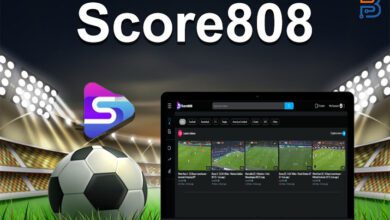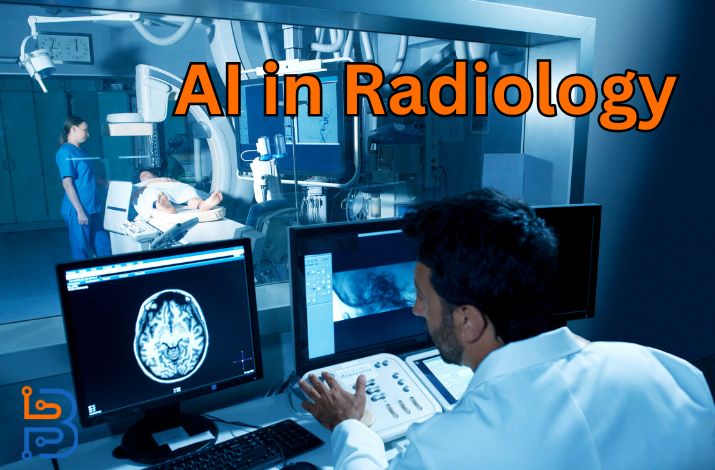6 Useful IoT Software Solutions Your Business May Need

IoT, the buzz on the internet, has probably stirred your thoughts, but you may be unsure what it can do for you. IoT is not limited to smart thermostats and fitness trackers. It provides solutions for overall operational efficiency and data analysis and, eventually customer satisfaction. Nonetheless, various companies still haven’t felt the depth of SEO. And so work on discovering this and what benefits it will have for you together with us.
What’s IoT Exactly?
Imagine that every device and machine in your business can talk. Like what if they could tell you crucial stuff about performance, needs, and collaboration? That’s the essence of IoT application development. It’s about connecting everything in your business.
But let’s clear up a common confusion. IoT isn’t about connecting things for the sake of connectivity. That is, internet-enabled devices are only part of it. It’s much more. It involves these devices communicating, analyzing, and taking action based on the data they collect. It’s the difference between a smart thermostat that can be controlled from your phone (simply connected) and one that learns your schedule, adjusts temperatures, and alerts you to maintenance issues (truly IoT).
For instance, in a retail scenario, IoT enables your sales system and inventory to communicate. Sell a pair of shoes, and your inventory instantly updates. It will automatically reorder stock when needed. In a manufacturing context, sensors on equipment can predict failures before they happen.
So, while IoT does involve connectivity, its true power lies in making that connectivity meaningful and actionable for your business.
6 Useful IoT Software Solutions for Businesses
Now, what kind of IT application development services could your business use? Let’s review the most popular ones.
1- Mobile IoT Apps
Such apps let you manage and monitor your devices from anywhere. For example, it can be a delivery service tracking its fleet in real-time. Or, a retail manager checking inventory levels on a smartphone. The apps will send notifications for updates or issues so that everything works as intended.
Best for businesses with mobile or field operations. For example, logistics companies that track shipments or service providers that manage on-site appointments may love them. They are also great for retail managers who need to keep an eye on stock levels directly from their smartphones.
2- Desktop and Web IoT Apps
These apps provide a broader, more detailed view of your interconnected ecosystem. They’re perfect for data analytics, managing large networks of devices, or customizing settings for individual devices. From a central dashboard, you can oversee all the operations.
Best for manufacturing plants that monitor production lines or energy companies that manage grids. In fact, any business that needs a centralized system for detailed device management and analytics will find these helpful.
3- IoT Dashboards
These dashboards are centers where you manage your IoT data. They visually display real-time data from your devices. As a result, complex information is easy to understand at a glance. Use them to spot trends, monitor system health, or even predict patterns.
Best for sectors like agriculture where you need to monitor crop conditions or any business that benefits from visual data representation.

4- IoT Databases
These handle the data generated by connected devices. They’re optimized for speed and scalability. That is, as your IoT network grows, you can still store, access, and analyze data. This is especially useful for businesses that rely on real-time data for operational decisions.
Best for businesses with significant data amounts that need management and analysis. Particularly useful for e-commerce platforms, smart cities, or healthcare providers.
5- Embedded Software & Firmware
This software is the brain inside your IoT devices. It controls everything from basic functions to complex computations. It can adapt devices to new purposes, extend their life, and enhance their utility.
Best for ensuring long-term device security and functionality across sectors. Sectors can differ from consumer electronics to automotive systems.
6- AI & ML Solutions
When combined with IoT, AI and ML can work wonders. They can analyze data from your devices to identify patterns, predict maintenance needs, or automate responses to specific conditions. For example, a manufacturing plant could use AI to optimize its energy use based on predictive maintenance insights or production schedules.
Best for extracting advanced insights from data. That is, they can be useful in sectors such as manufacturing, retail, or smart homes.
3 Things to Take into Account When Choosing IoT Software Solutions
- Compatibility and Integration
When picking IoT software, think about how it’ll play with the tech you’ve already got. Check if the new software can easily talk to your existing systems. Will it work with your current hardware and software, or will it require expensive upgrades?
It’s best to look for solutions that offer APIs or standard protocols. Also, consider future tech investments and evaluate if the solution can grow with your tech stack.
- Scalability
Your business isn’t static. It’s going to grow, and you should always remember about it.
How to ensure scalability? Look for solutions with cloud-based services or modular architectures. This means as your data or device count grows, your IoT system can handle it. Ask providers about the maximum capacities and how additional resources or services can be added.
- Security and Privacy
Always investigate the security measures of the software. This includes (at least)
- data encryption,
- user authentication,
- and regular security updates.
Plus, understand how the software handles data privacy and compliance, especially if you operate in regions with strict data protection laws. Ask vendors for their security certifications or compliance standards, to be on the safe side.
Final Thoughts
As you may see, IoT has, indeed, a lot to offer for businesses. If you are all about flexibility, it has mobile apps for you. If you would love something for predicting trends, AI-enhanced analytics can do that well. All in all, there are many ways to use the Internet of Things to your business’s advantage.
Perhaps, the most important thing is always to have a clear idea of your needs and priorities. First, explore which solutions you need most today. Then, see how they work, and look for more opportunities.






